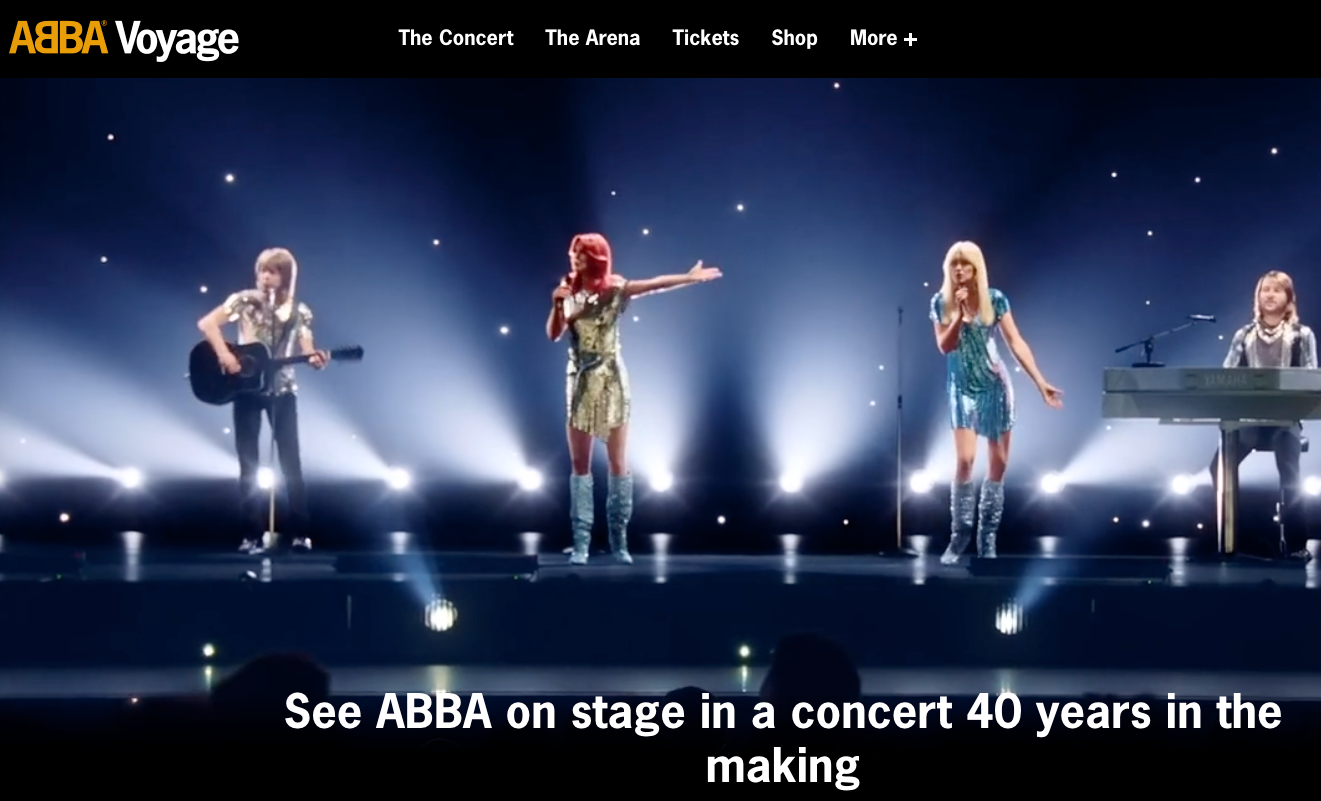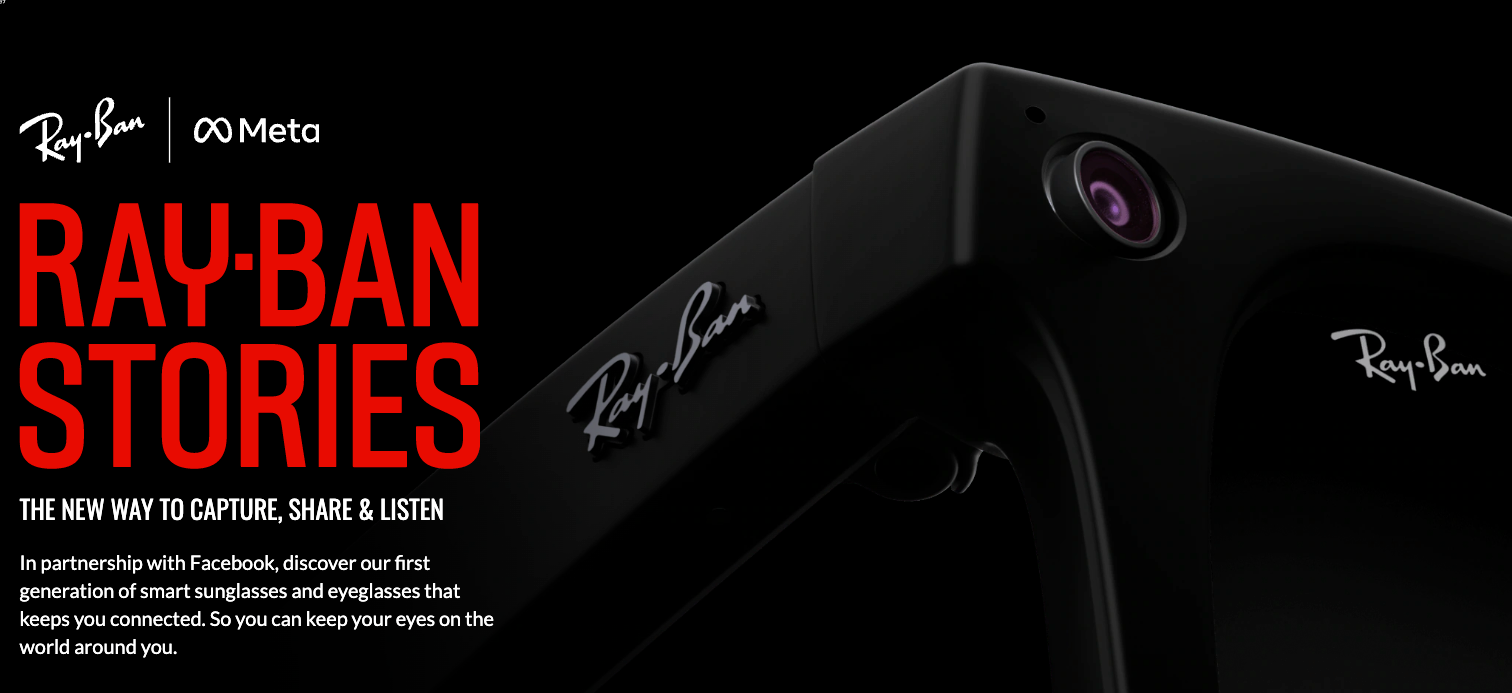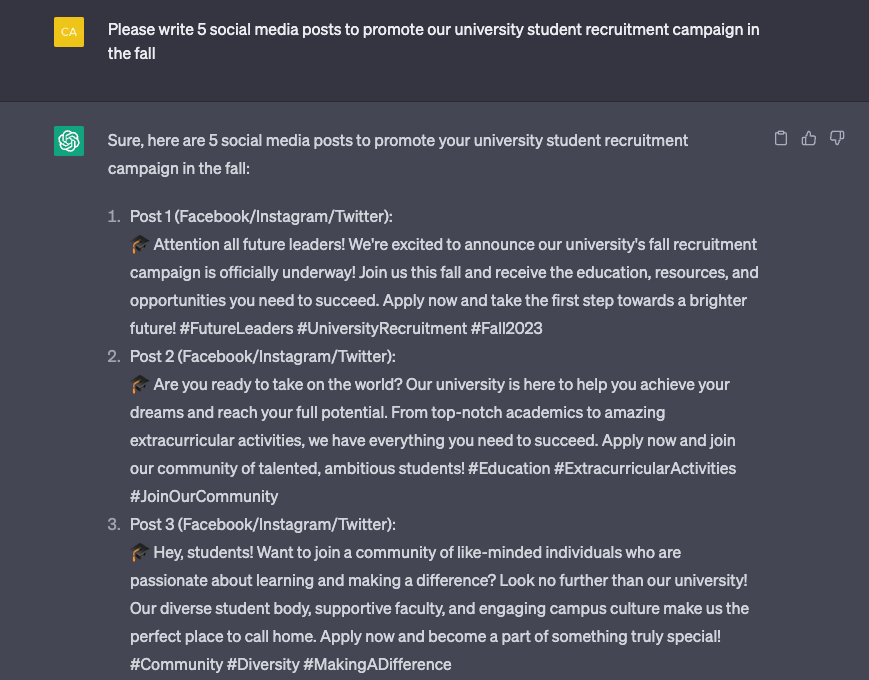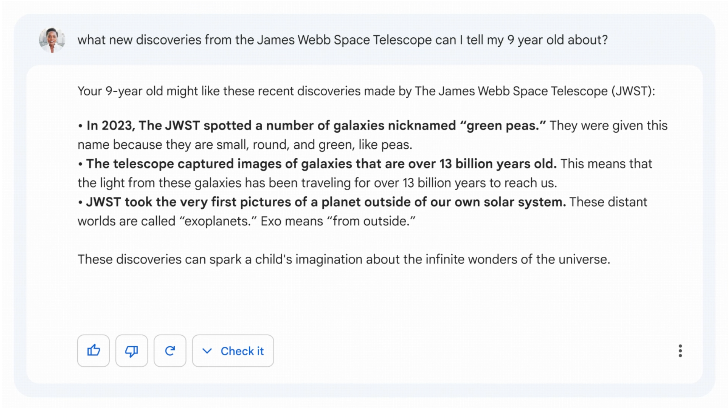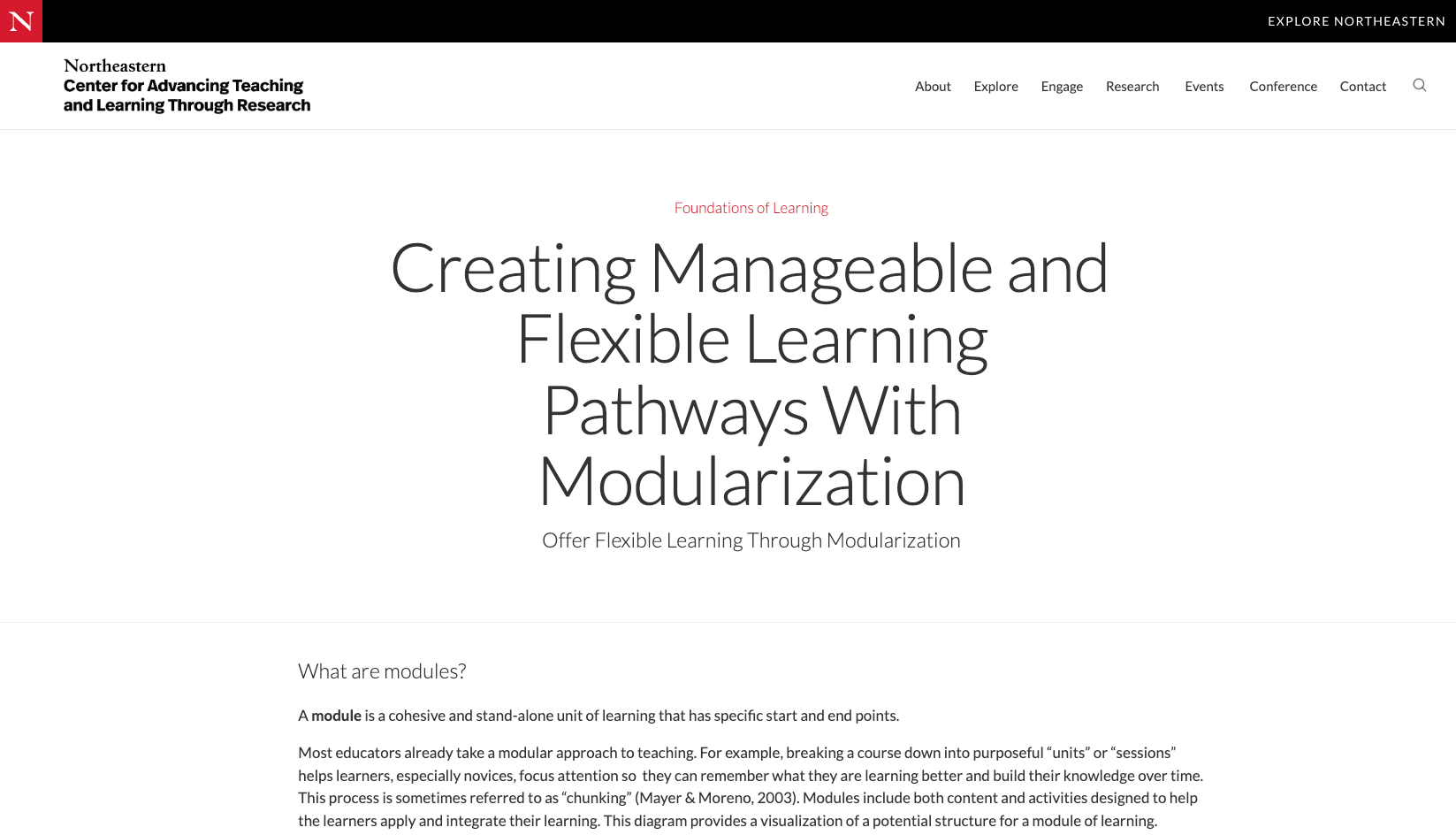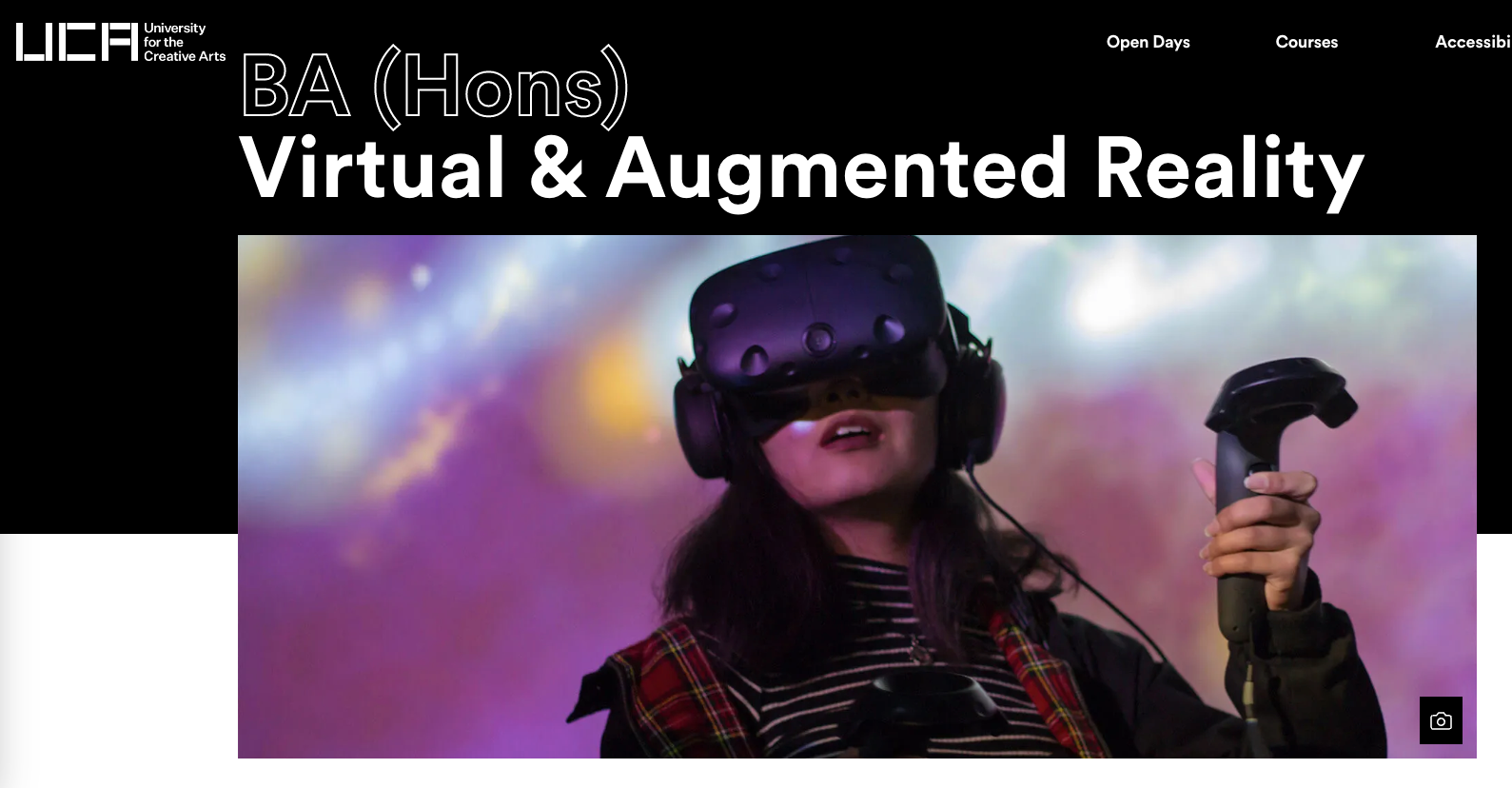Like the years before it, 2023 has brought monumental digital change—and more is on the way.
Some are likely to be loud and controversial, like the increasing reliance on AI, and others are more low-key, such as enhancements to pre-existing online learning platforms.
And we're still awaiting the much-anticipated mainstream arrival of the metaverse, which grabbed our attention in early 2022 with digital headlines everywhere.
Digital marketers worldwide know that each year—or month, for that matter—will bring with it the need to adapt and embrace any shifts toward new technologies and the ever-evolving habits and preferences of target audiences.
But what key trends do your university marketing, digital, and recruitment teams need to be ready for in the future?
Look no further than our top 10 guide to digital trends and potential opportunities for increasing engagement with students and other audiences.
1. Blurred reality
Artificial intelligence (AI) continues to seep into everyday life, blurring the lines between online and offline experiences.
Take, for example, Abba: The Voyage; hundreds of thousands of fans are flocking to watch holographic projections of the music legends on stage.
In 2023 and beyond, we'll see more immersive technology creeping into the mainstream, with augmented reality continuing to be a strong focus.
Another example: Ray-Ban's pioneering partnership with Meta to create smart glasses which capture audio, photos, and video, as well as answering calls from a single button and lens built into the frame.
Other brands, including Snap, offer this technology, and Apple is developing its own innovative products in this space.
Could this be the future? It certainly looks like AR will grow to become more interwoven in our lives in this way.
And what does it mean for higher education experiences, from open days to lectures?
We saw a lot of innovation in this sphere during the pandemic as universities found ways to bring the education experience to life remotely, like virtual reality (VR) headsets for campus tours and even the first VR graduation from Purdue University.
This only seems to continue as the metaverse advances and augmented reality becomes more sophisticated.
A recent headline-grabbing AR art trail through Sheffield city center in the UK is one example we could see developed and adapted for university campuses.
2. AI takes center stage
It's looking like 2023 is the year of the AI chatbot battle.
Open AI launched its new ground-breaking artificial intelligence bot ChatGPT late last year, attracting over 100 million users within two months.
It can generate articles, jokes, and even poetry in response to text prompts and offers humanized conversation, including the ability to remember things said earlier in the interchange.
It's so popular that the service is frequently unavailable—and it's in the running to be the fastest-growing internet app ever.
Now, Google has announced a rival called Bard, and it's set to be rolled out within the next few weeks and potentially integrated into its search offering.
We've seen chatbots on university websites for some time, but they often fail to strike the right authentic tone of voice and therefore become a hindrance rather than a help.
Many institutions enlist current alumni to communicate with prospective students at key recruitment windows instead.
But could the likes of ChatGPT or Bard, when integrated and trained as university chatbots, be a game-changer?
There's no doubt that ChatGPT has brought AI to the masses.
It's normalized something previously complex. It's having its iPhone moment. A potential game-changer.
With such intuitive and sophisticated new technology, it's certainly an area that university digital and marketing experts will be looking at with great interest.
What remains to be seen is whether audiences will develop a radar for this AI-driven content.
3. Pick n' Mix education
We're seeing a growing interest in more tailored education pathways, where students can effectively 'pick and mix' course modules as well as how, when, and where they complete them.
Northeastern University encourages its faculty to consider a modular approach to teaching.
This approach to modules comes from a shift towards virtual learning during the pandemic and the subsequent growth in fusing in-person and online experiences.
It's a theme we're seeing across the board, with an appetite from audiences for more unique experiences.
Netflix's heist series Kaleidoscope, which can be watched in any order, is just one example, albeit in a different context.
And if this trend further influences attitudes toward learning, this could have big ramifications for the education sector and its marketing.
It could even impact the way online users want to explore content on university websites and social channels.
4. Improved virtual learning tools
With the launch of Class, teachers have access to a range of new tools to engage and inspire while delivering lessons on Zoom.
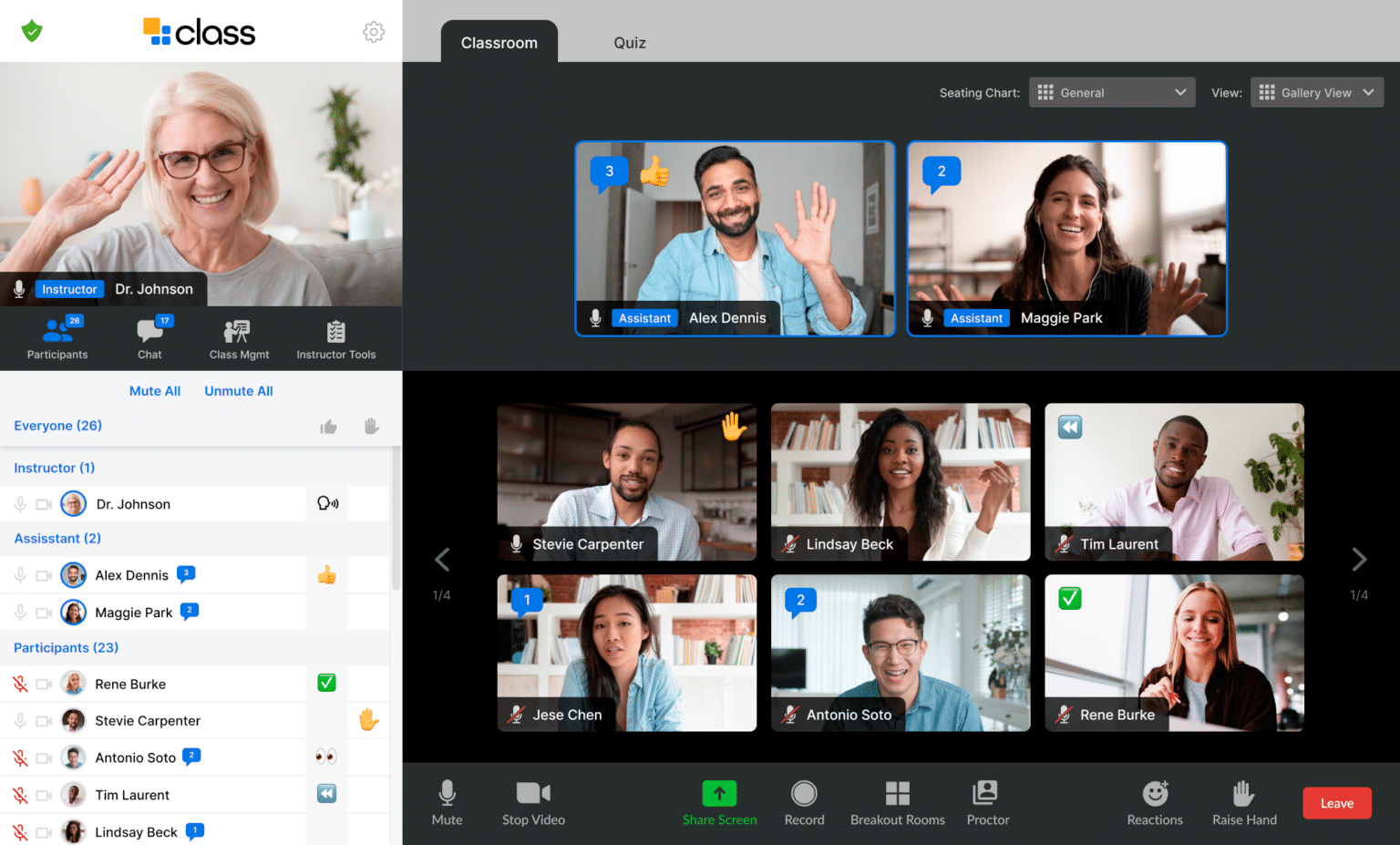
An example of the online video conferencing between students and faculty on the Class website
With features like integrated engagement tools and attendance analytics, in-built quizzes, and break-out rooms, it brings huge benefits to the online learning community.
Varied and innovative teaching methods could be a differentiator in marketing messages to prospective students and could feed into the above concept of a 'pick n' mix' education.
5. NFTs
There was plenty of noise around non-fungible tokens (NFTs) last year, with the digital assets soaring in popularity to define ownership of goods and trading.
We saw a handful of universities selling research papers and other intellectual property to grow income and others using blockchain technology to authenticate degree certificates and qualifications.
So, there's every chance that NFTs will soon cross over into the college mainstream. There are certainly plenty of opportunities for growth and benefit for both sides here.
As an electronic authenticator of a degree certificate, the technology is likely to have an increasing impact this year.
6. The metaverse, continued
This 'new dawn' of the internet grabbed the digital headlines at the start of last year, but to the masses, it still feels like an intangible futuristic concept to some extent.
That's because it hasn't yet penetrated everyday life at the pace that some predicted.
But could 2023 be the year people start taking the metaverse and other online worlds more seriously?
With increasingly realistic avatars, institutions might begin experimenting with virtual spaces to engage prospective students and link them with student ambassadors in new ways.
University of the Creative Arts now even offers a degree in Virtual & Augmented Reality
7. Social content creation
Recently, Instagram chief Adam Mosseri conceded that the platform had focused too heavily on video in 2022 and will be staying truer to its photographic roots in the future.
But that's not to say that they won't be growing content creation capabilities on the platform like its counterparts.
We're seeing lots of new external tools doing the rounds, like 3D post creation and GIFs generated from live photos, so it surely won't be long before these are integrated into mainstream social platforms.
In-app AR tools will also continue expanding, and we could see more innovation in the form of interactive tools for channels to boost engagement and even use in ads.
We expect to see further integration of NFTs in the social media landscape, too. But short-form video will remain key.
8. LinkedIn
It's not the platform that immediately comes to mind when considering targeting Gen Z.
But LinkedIn is a platform that continues to grow year-on-year, so it's not surprising that it's starting to play a more significant role in joining the dots between education and employment.
A raft of new features are being rolled out on the platform, like LinkedIn Newsletters, to build subscriber communities quickly, and upgraded analytics tools.
And, with users consuming more video in the app last year than ever, you can expect to see more video editing tools on the platform in the coming months, which will appeal to younger audiences.
As time passes, there are plenty of signs suggesting it could become a more useful tool in recruiting undergraduate students.
9. Authentic storytelling
We saw a sea change when it came to the popularity of sleek, polished online content in 2022 and a palpable shift towards the more raw and real.
Authenticity was one of the overarching digital themes of last year, reflected in both audience engagement and the growth of platforms like BeReal.
The social media platform BeReal no-filter photo-sharing philosophy and 'not another social network' branding saw its popularity surge in 2022 among Gen Z user
Interest in authentic content will remain on this trajectory in the next few months, so brands need to lean into strong, authentic storytelling to succeed.
With the right approach, storytelling can deliver highly shareable content that spreads the word and allows prospective recruits to envisage themselves walking around campus.
10. 90s design revival
The 90s are everywhere at present, from fashion to pop band revivals. And this reverse culture continues to infiltrate web design with nostalgic typefaces, illustrations, and layouts.

We first explored this last year, and it's a theme that will continue in this year and beyond.
But not at the expense of useability and customer experience—so user journeys need to continue to be captivating, unique, on-trend, and highly functional.
What trends will you consider in your marketing and recruitment activity this year?
And have you seen any great examples or new trends we should know about?
We love your feedback, so please share it with us and the higher education community.
 |
 |
 |
|---|

:format()//media/Top-10-digital-trends-and-innovations-every-university-should-be-ready-for-in-2023-RQ.png)
